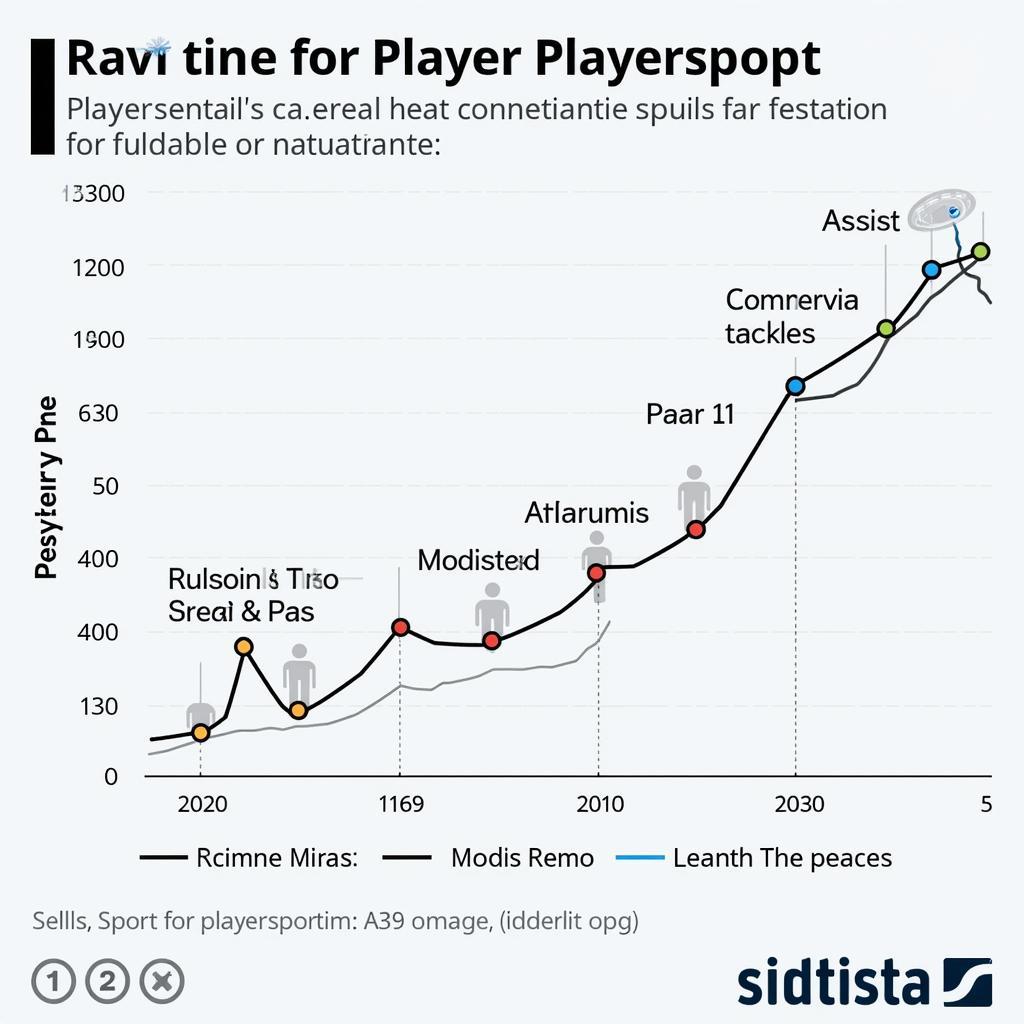Slow Progressing Players: A Look at Development in Football
January 23, 2025Slow player progression is a common concern in football. It can be frustrating for players, coaches, and fans alike when a promising talent seems to plateau or fail to reach their full potential. This article explores the reasons behind slow progression in players, examines ways to identify and address these issues, and ultimately offers advice for navigating this often-complex challenge.
 Challenges Faced by Slow Progressing Football Players
Challenges Faced by Slow Progressing Football Players
Understanding the Causes of Slow Progression
Several factors contribute to a player’s slow development. Some are intrinsic to the individual, while others are external. Recognizing the root cause is crucial for implementing effective solutions. Is it a lack of dedication and focus? Perhaps it’s inadequate training regimes, limited playing time, or even recurring injuries. Maybe the cầu thủ văn đức experience similar struggles. Understanding these factors provides the framework for tailored interventions.
Identifying the Bottlenecks: Physical, Technical, and Mental
Often, slow progression is not simply a singular issue but a combination of interconnected factors. Assessing a player’s physical attributes like speed, strength, and endurance is vital. Technical skills such as ball control, passing accuracy, and shooting proficiency also play a significant role. Equally important is the player’s mental fortitude – their resilience, confidence, and ability to handle pressure. For example, a player struggling with confidence may benefit from mentoring or sports psychology sessions, while a player lacking physical strength may require a tailored fitness program. Even a talented player like ép cầu thủ cộng 5 could face slow progress if these elements are not balanced.
What is Slow Progression? Defining the Problem
Before devising solutions, we must clearly define what constitutes “slow progression.” Is it a failure to meet pre-determined milestones? Or is it a perceived lack of improvement compared to peers? Perhaps the cầu thủ ghi 2 bàn gọi là gì achieves these milestones easily, leading to skewed expectations. The definition must be tailored to the individual, considering their age, position, and developmental stage.
 Measuring Player Progress in Football
Measuring Player Progress in Football
Setting Realistic Expectations: Avoiding the Comparison Trap
One of the biggest pitfalls in player development is the tendency to compare individuals. Each player has their unique trajectory, influenced by genetics, environment, and opportunity. While healthy competition can be motivating, constant comparison can be detrimental, especially for players experiencing slow progression. Focusing on personal growth and celebrating small victories is crucial for maintaining morale and fostering long-term development. Sometimes, even seemingly small improvements can snowball into significant gains over time.
Strategies for Overcoming Slow Progression
Once the underlying causes are identified, targeted interventions can be implemented. These can range from specialized coaching to personalized fitness plans, nutritional guidance, and psychological support. Regularly evaluating and adjusting these interventions based on the player’s response is crucial for maximizing their effectiveness. Even players who experienced a slow start, like cầu thủ thiêm 4 2019, can achieve remarkable success with the right approach.
The Importance of Patience and Perseverance
Developing into a top-level footballer is a marathon, not a sprint. Patience and perseverance are essential, especially for those experiencing slow progression. Setbacks are inevitable, but it’s the ability to bounce back, learn from mistakes, and continue striving for improvement that ultimately defines a player’s journey.
Conclusion: Embracing the Journey of Development
Slow player progression can be a complex and challenging issue in football. However, by understanding the underlying causes, setting realistic expectations, and implementing tailored interventions, players, coaches, and support systems can work together to navigate this hurdle. Ultimately, it’s the commitment to continuous improvement and the unwavering belief in one’s potential that pave the way to long-term success, regardless of the initial pace of development. Remember, slow progress is not necessarily an indicator of limited potential but rather an opportunity for growth and resilience.
FAQ
- What are some common signs of slow player progression?
- How can I identify the specific factors hindering a player’s development?
- What role does coaching play in addressing slow progression?
- How can parents support their child through this challenge?
- What are some effective training strategies for improving specific skills?
- How can players maintain motivation when facing setbacks?
- What resources are available for players struggling with slow progression?
Need Support? Contact us at Phone Number: 0396443476, Email: [email protected] Or visit us at: 23 Tháng 3, Đắk Nia, Gia Nghĩa, Đắk Nông, Việt Nam. We have a 24/7 customer service team.